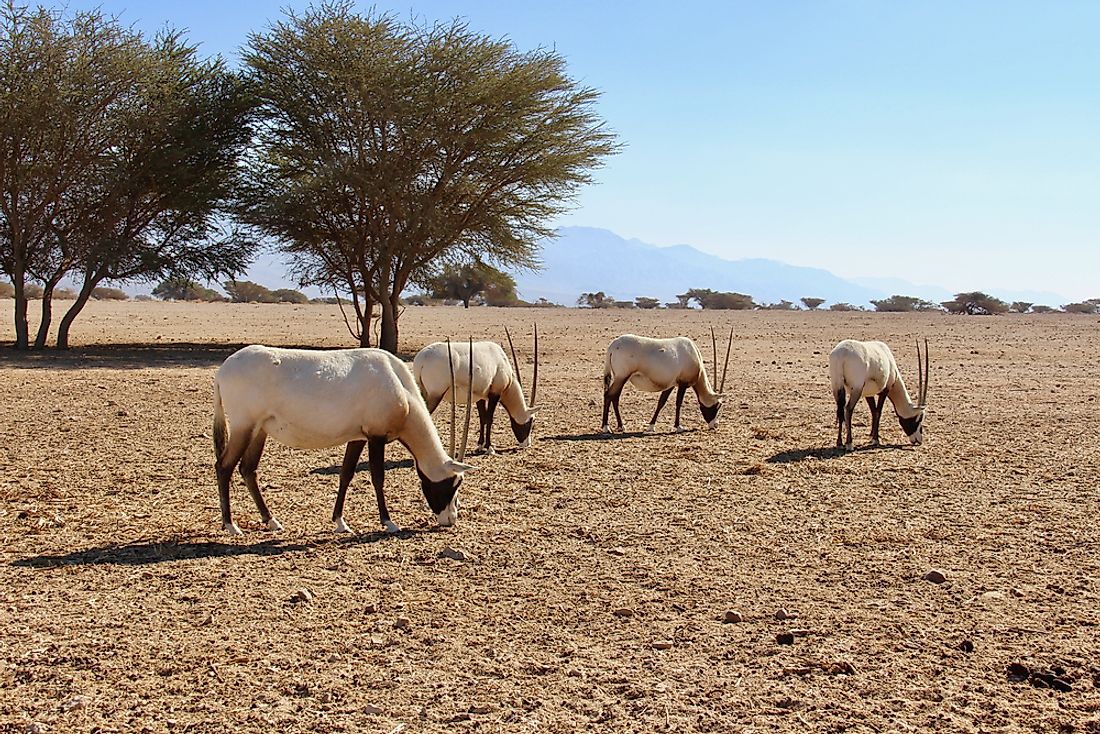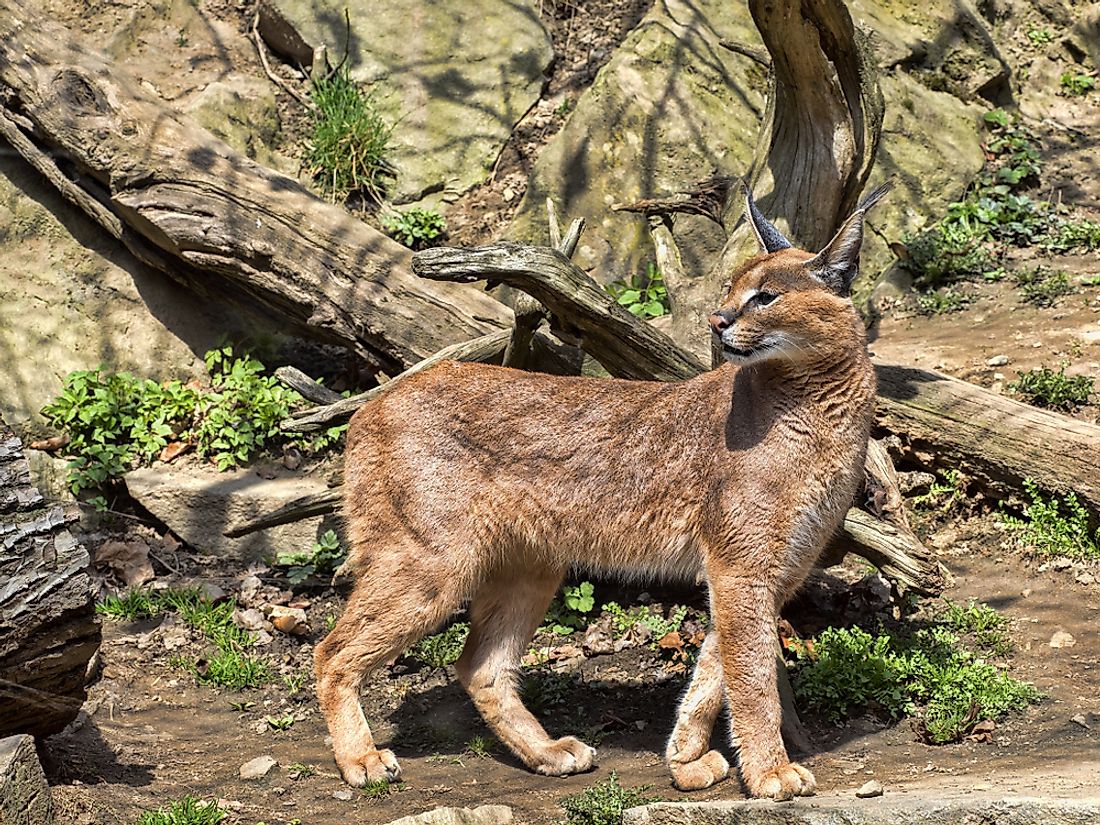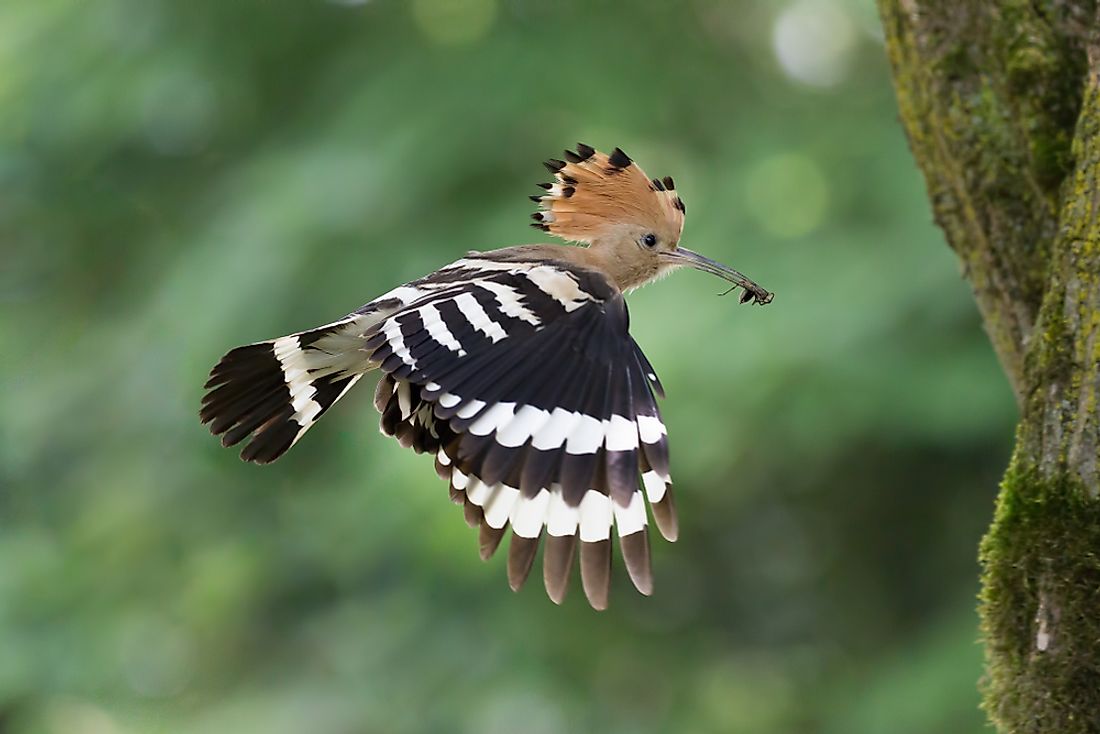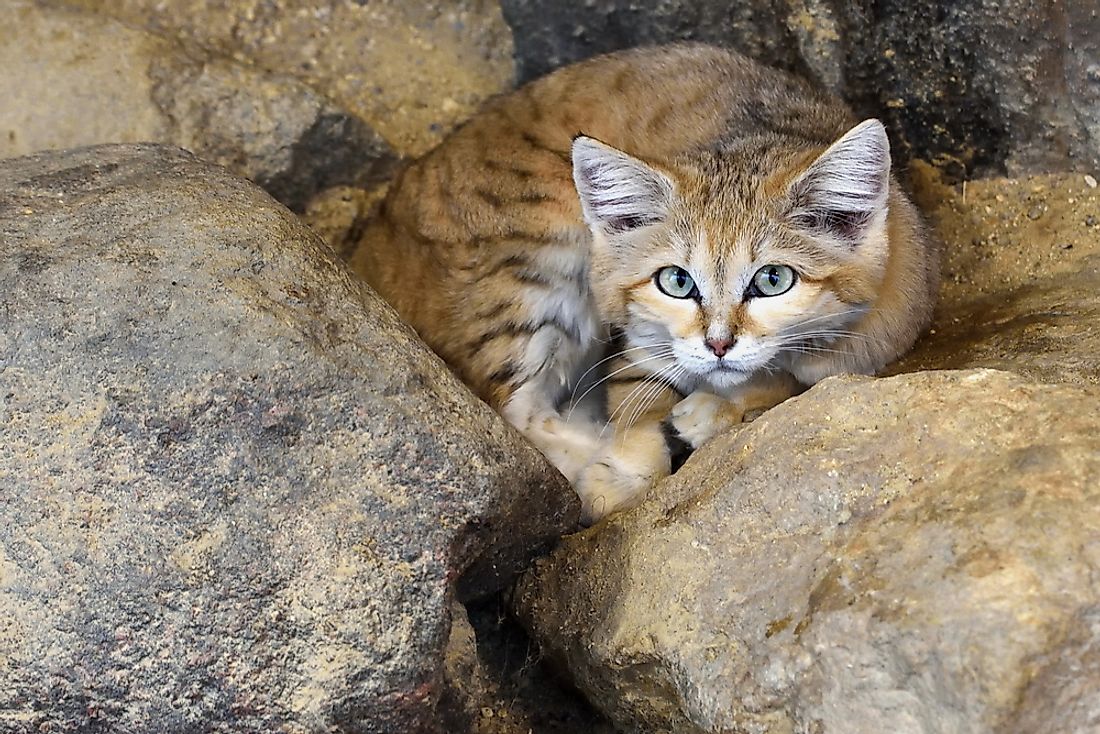What Kind of Animals Live in Israel?

Although Israel is largely a desert, there are about 116 species of land mammals and more than 380 species of birds in the country. However, the wild animals of Israel are under immense pressure from human activities. Limited space for expansion is driving the state to establish settlements in habitable parts of the desert, an important habitat for many of the animals. Climate change is also making the conditions in the desert dire as water and vegetation dry up. Lizards, gecko, and vipers are the notable reptiles while the partridge, bustard, and tropical cuckoo are the notable birds. The Hai-Bar program was established in the 1960s by the Nature Reserves Authority to reintroduce the animals native to Israel during biblical times. Some of the introduced animals include ostriches, Asiatic wild asses, roe deer, white oryx, and the Persian fallow deer. The following are some of the animals found in Israel.
10. Soft Shell Turtles

Soft shell turtles, also known as pancake turtles, include some of the world's largest species of freshwater turtle. Some soft shells have adapted to living in brackish waters. They are found in North America, Asia, and Africa. In Israel, the Nahal Alexander River is one of the best places to find soft shell turtles.
9. European Water Vole

The European water vole, also known as the northern water vole and sometimes the water rat, is found throughout most of Europe, Russia, and West Asia. They are a semiaquatic rodent that live in burrows near slow-moving water bodies such as streams and ponds. The water vole is suspectible to human activities; the drying of Israel's Hula Lake caused the local extinction of the water vole.
8. Arabian Oryx

The Arabian or White Oryx is the smallest of the oryx family. It is native to the steppes and deserts of the Arabian Peninsula. In the 1970s, the oryx was hunted to extinction in the wild but conservationists bred the few animals in captivity and successfully reintroduced them to the wild in the 1980s. The population has since then grown significantly but the IUCN still lists the Arabian oryx as vulnerable.
7. Green Toad

The Green toad is found throughout the Mediterranean region of Israel. It is also found any other place with water in southern Arabah. The toad is influenced by human activities and tends to follow the settlement pattern of humans especially in the desert. They are listed as of least concern in Israel because their population is in thousands and can be found in more than 60 sites across the country.
6. Marbled Polecat

The marbled polecat is a small mammal found in southeastern Europe and parts of Asia. As their eyesight and vocalization is limited, they rely heavily on their excellent sense of smell. They live in dens, either built or stolen, in the open desert, semidesert, grasslands, and scrub forests. The marbled polecat is listed as a vulnerable species due to population decline caused by lack of available prey and habitat destruction.
5. Arabian Leopard

The Arabian leopard is the smallest of the leopards, closely resembling the African leopard but smaller. They are critically endangered; in 2006, there were less than 200 individuals left in the wild with only eight in Israel. The worsening climatic condition led to a shortage of prey forcing the predators to hunt livestock and in the process, farmers killed many. A few Arabian leopards protect in zoos but the wild population is certainly staring at extinction.
4. Caracal

The caracal is native to Africa, the Middle East, Central Asia, and India. It is a medium-sized wild cat with a robust body and reddish tan or sandy colored fur. Caracals are nocturnal and solitary animals that are rarely spotted in the wild. They prefer habitats with lots of available cover and little rainfall such as semideserts, savannas, and srub forests.
3. Hoopoe

The Hoopoe is a medium-sized bird known for its distinctive feather crown and long, thin beak. The head is generally pink or orange while the body is patterned with white and black, brown, or gray stripes. The Hoopoe is found in Europe, Asia and Africa.
2. Camel

Camels have been long domesticated as livestock and working animals. The dromedary or Arabian camel thrives in the desert habitats found in the Middle East and Northern Africa. They live in herds of 20 individuals and feed on desert vegetation and foliage.
1. Sand Cat

The sand cat or sand dune cat is the only member of the cat family that is adapted to the desert environment. It is found in the Middle East, North Africa, and Central Asia. In 2002, the cat was listed as near threatened. Today the sand cat is extinct in the wilderness of Israel and Jordan but a few remain in North Africa. About 200 members of the sand cat species native to Israel are found in European zoos with a few in Israel zoos.











